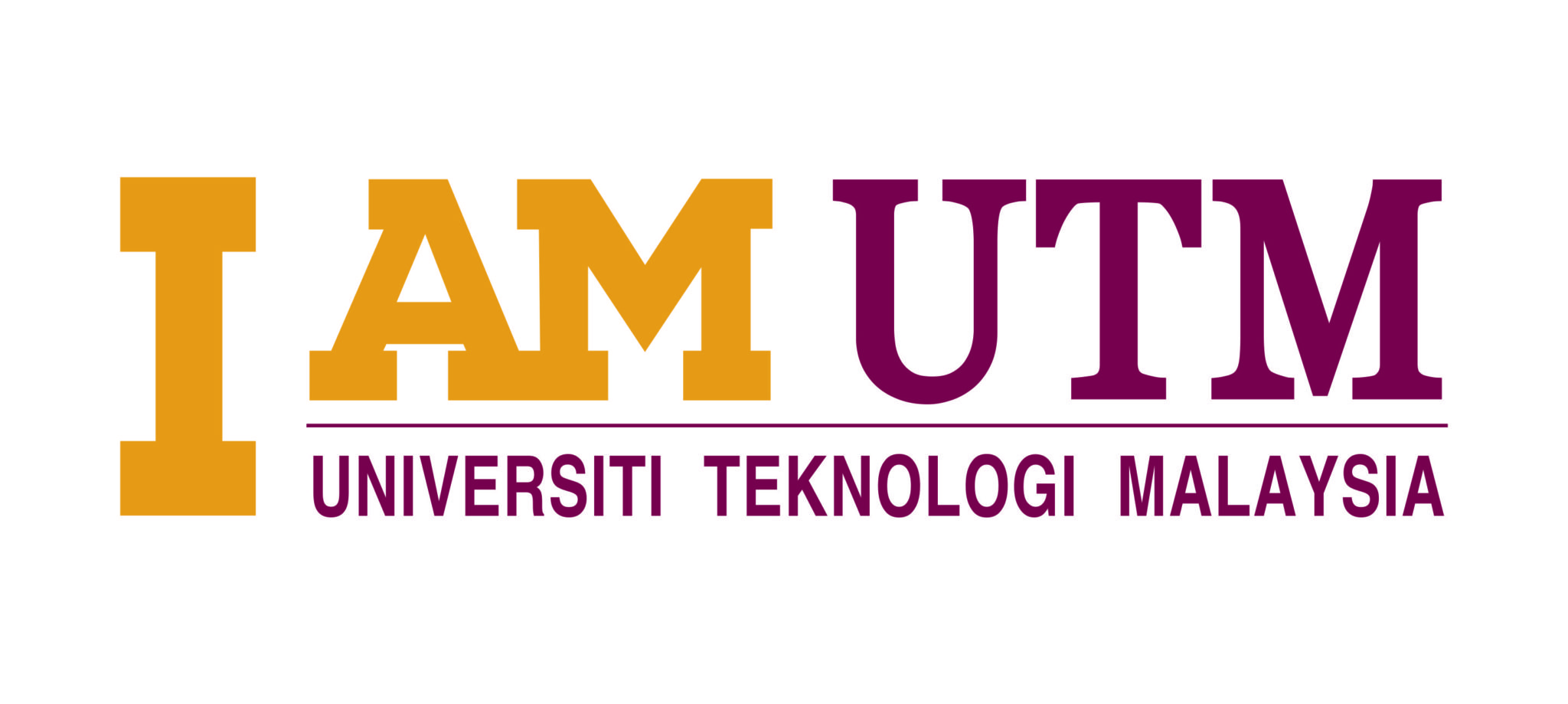Infrared radiation has a longer wavelength and lower frequency compared to the visible light in the electromagnetic spectrum. Infrared thermal camera or thermographic camera has a sixth sense ability to detect the infrared radiation in the form of heat energy from an object which is invisible to human eyes. Thermal images obtained using this technique or often referred to as thermogram contains the information of temperature mapped onto the surface of an object in the form of different colour schemes i.e. rainbow, thermal mode or grayscale. Thermal camera has been used widely in military and defense due to its capability in detecting any objects at night without any presence of light but heat radiation alone.
In the medical field, the usage of infrared thermography has shown to be a potential non-invasive and non-obstructive tool in assisting medical practitioner to detect and diagnose any illnesses or diseases which causes an increased to body temperature. A low-cost infrared thermometer is widely utilized in clinics, hospitals or even for personal use to simply detect the body temperature with minimal area coverage. Due to its passive nature where there are no harmful rays radiated from the thermal camera, the thermography technique has been successfully used in preclinical diagnosis to detect diseases such as breast cancer, diabetic neuropathy and peripheral vascular disorder. In the current research, a lot of studies have explored the possibility of thermography to be used as a contact-less device for detecting extra-cranial vessel disease, breathing monitoring, neonatal physiology monitoring, skin problem and recently, thermography has become for preferred tool in monitoring athletes performance.
In 2003, the world was hit by a novel infectious disease and relatively rare disease known as SARS and later declared as an epidemic by the World Health Organization (WHO). Thermal cameras were then deployed in airports, hospitals and other public areas to detect those with high body temperature as one of the safety measures for a person with fever sign could be highly infected with SARS. Though, the technology used in 2003 wasn’t as advanced as we have today, but thermography has shown to be useful in curbing the outbreak from further spread.
Today, the world is again hit by another novel virus known as Coronavirus 2019 (COVID19) which was originated from Wuhan, China, However, due to this fast-spreading virus, WHO has declared COVID19 to be a global pandemic whereby every country in this world was called to take urgent and aggressive action towards the alarming situation. Learning from previous experience, thermal cameras are being deployed immediately in different locations including hospitals, airports and public areas due to its ability to capture the temperature profiling of an individual who is potentially infected by COVID19 in real-time. Today, high definition thermal cameras with better processing and sensitivity have help authorities to screen multiple individuals and automatically alarm when their body temperature is exceeding normal body temperature. The screening and detecting process is automatically performed without any assistance from health personnel to reduce the risk of transmitting the virus to others. However, the overall detection accuracy is low due to uncertain intrinsic and extrinsic parameters such as radiation from surrounding heat, the effect from medications and due to the weakened immune system.
iHumen researchers via Medical Device and Technology Center are now looking into integrating the thermal camera with the existing UTMShield disinfection chamber to improvise its overall function and effectiveness. A complex image processing is required to identify the mapping pattern of individuals with COVID19 obtained from thermogram to increase the overall detection accuracy where a signature mapping could be obtained specifically for positive COVID19 patients and this would differentiate the groups from the healthy ones.
Asnida Abdul Wahab
Associate Member
MEDITEC, IHUMEN

 Source : www.forbes.com
Source : www.forbes.com